Parkinson's Psychosis Risk Calculator
Assess Combined Treatment Risk
Estimate potential motor and psychotic symptom worsening when combining levodopa and antipsychotics for Parkinson's patients with psychosis.
Risk Assessment Results
When a patient needs both Parkinson’s treatment and antipsychotic medication, doctors walk a tightrope. Levodopa is a dopamine precursor that lifts brain dopamine levels, while Antipsychotics block dopamine receptors to calm psychotic thoughts. The clash can make motor symptoms flare or psychosis spike, and understanding why that happens is the first step to avoiding disaster.
Key Takeaways
- Levodopa boosts dopamine in the nigrostriatal pathway; antipsychotics dampen dopamine signaling mainly in the mesolimbic pathway.
- Concurrent use can worsen motor scores by 25‑35% (UPDRS) and raise psychosis ratings by 20‑40% (PANSS).
- Neuroleptic Malignant Syndrome (NMS) and severe dyskinesias are rare but life‑threatening risks.
- Safer options include low‑dose quetiapine, pimavanserin, or non‑dopaminergic agents like KarXT.
- Close monitoring with both motor (UPDRS) and psychiatric (PANSS/BPRS) scales is essential during any change.
How Levodopa Works
Levodopa (L‑3,4‑dihydroxyphenylalanine) crosses the blood‑brain barrier and is converted to dopamine by aromatic‑L‑amino‑acid decarboxylase (AADC). Adding a peripheral decarboxylase inhibitor such as carbidopa (first paired in 1975) blocks 70‑80% of peripheral conversion, raising central bioavailability from ~1% to 5‑10%.
The drug’s half‑life is only 1-3 hours, so patients take multiple doses a day. As Parkinson’s disease advances, the remaining dopaminergic terminals lose their ability to store and release dopamine, so each levodopa dose produces larger synaptic spikes - a phenomenon called “pulsatile dopamine stimulation.” This explains why dyskinesias and motor swings become more pronounced over time.
How Antipsychotics Work
First‑generation agents (haloperidol, chlorpromazine) and most second‑generation drugs (risperidone, olanzapine) bind to dopamine D2 receptors and block signaling. Typical antipsychotics need 60‑80% receptor occupancy for therapeutic effect; atypicals achieve similar control with 60‑70% occupancy while also hitting serotonin 5‑HT2A receptors.
Blocking D2 receptors removes the brain’s natural autoinhibitory brake, causing a compensatory rise in dopamine release and up‑regulation of post‑synaptic D2 receptors. When the blockade is lifted abruptly, the system can overshoot, contributing to rebound psychosis or NMS.
Why the Dopamine Push‑Pull Matters
Parkinson’s disease is characterized by dopamine loss in the nigrostriatal pathway, which controls movement. Schizophrenia and many psychotic disorders are linked to excess dopamine activity in the mesolimbic pathway, influencing perception and thought.
Levodopa floods the nigrostriatal system with dopamine, improving tremor and rigidity. Antipsychotics, however, blunt dopamine signals across the brain, including the nigrostriatal route. The net result is a tug‑of‑war: boosting dopamine to help motor function while simultaneously blocking the same neurotransmitter needed for that very improvement.
Clinical data illustrate the paradox. In a 2015 Neurology study of 127 Parkinson’s patients, antipsychotic initiation raised UPDRS‑III scores by an average of 30 points (≈33% worsening). Conversely, a 1988 double‑blind trial showed levodopa increased PANSS positive scores by 20‑40% in schizophrenia patients.
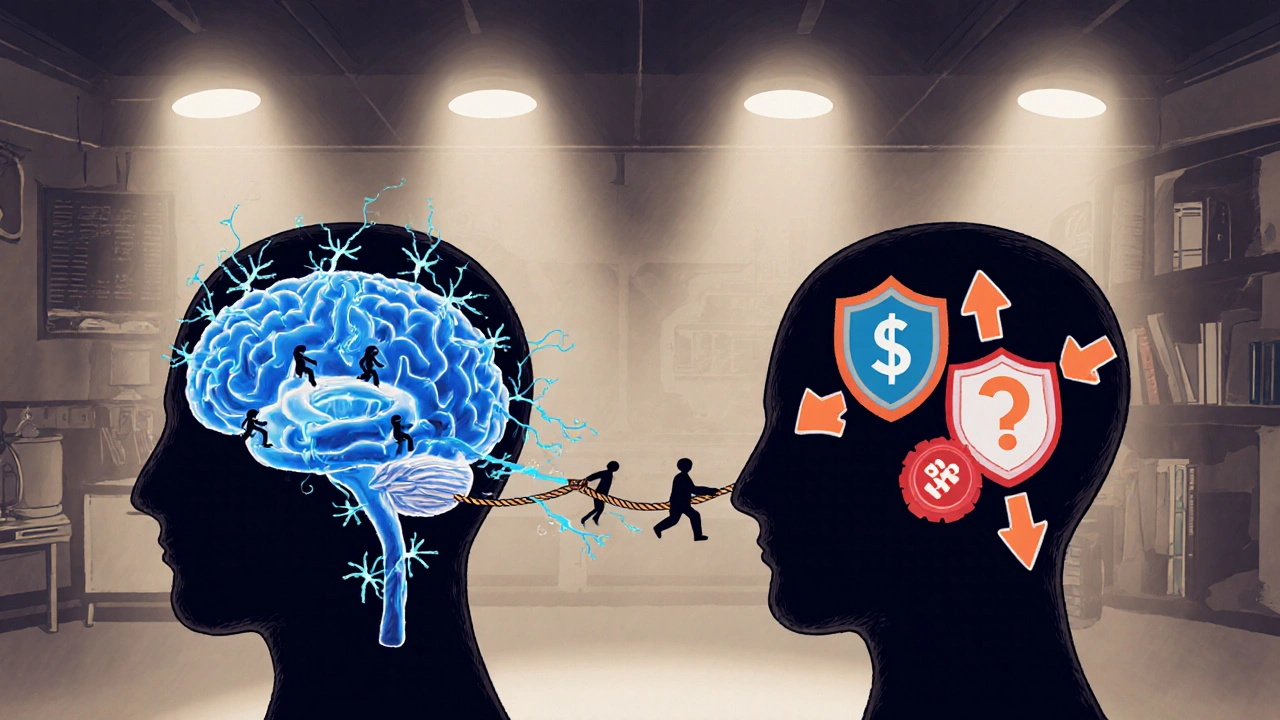
Side‑by‑Side Comparison
| Aspect | Levodopa | Antipsychotics |
|---|---|---|
| Primary Target | Dopamine synthesis (precursor) | D2 (and often 5‑HT2A) receptor blockade |
| Typical Indication | Parkinson’s disease, restless‑legs | Schizophrenia, bipolar psychosis, Parkinson’s psychosis (quetiapine, pimavanserin) |
| Key Side Effects | Peak‑dose dyskinesia, nausea, orthostatic hypotension | Extrapyramidal symptoms, metabolic syndrome, sedation |
| Receptor Interaction | Increases extracellular dopamine | Blocks dopamine signaling |
| Half‑life | 1-3 hours (short‑acting) | Varies: <5 hours (haloperidol) to >24 hours (risperidone) |
Clinical Consequences of Co‑Administration
When a clinician prescribes an antipsychotic to a Parkinson’s patient (30‑40% of them develop psychosis), motor function typically drops 25‑35% on the Unified Parkinson’s Disease Rating Scale (UPDRS‑III). The effect is dose‑dependent; even 0.5 mg/day of risperidone triggered >30‑point UPDRS jumps within three days in several case series.
In the opposite direction, levodopa given to a schizophrenia patient can reignite hallucinations and delusions. A meta‑analysis (2018) reported that 15‑20% of such patients saw a measurable rise in Positive and Negative Syndrome Scale (PANSS) scores, with some requiring rehospitalisation.
Rare but severe outcomes include Neuroleptic Malignant Syndrome (NMS). In Parkinson’s cohorts, antipsychotic exposure precipitates NMS in 0.01‑0.02% of cases-a mortality of 10‑20% if untreated. Abrupt levodopa withdrawal can also trigger NMS, highlighting the need for a careful taper.
Managing the Therapeutic Paradox
Because dopamine balance is fragile, most experts recommend the following hierarchy:
- Non‑dopaminergic antipsychotics first. Quetiapine (12.5‑75 mg/day) and pimavanserin (34 mg/day) have the least impact on motor scores.
- Reserve typical antipsychotics for refractory cases and use the lowest effective dose, monitoring UPDRS daily for the first two weeks.
- If antipsychotic use is unavoidable, consider a short, supervised levodopa wash‑out (4 weeks) before initiating dopamine‑blocking drugs, as per the 2020 AAN guideline.
- Utilize dopamine‑sparing strategies: add a MAO‑B inhibitor (selegiline, rasagiline) to allow lower levodopa doses.
- Monitor both motor and psychiatric scales. An increase of >10 points on UPDRS‑III or PANSS should trigger dose adjustment.
Checking labs for creatine kinase, electrolytes, and temperature helps catch early NMS signs.
Emerging Therapies and Future Directions
Researchers are hunting drugs that sidestep dopamine altogether. KarXT (xanomeline‑trospium), a muscarinic agonist‑antagonist combo, cut psychosis scores by 25% in a 2023 phase‑3 trial without harming motor function. Alpha‑synuclein antibodies aim to treat the underlying Parkinson’s pathology, potentially removing the need for high‑dose levodopa.
Biomarker‑driven care is on the rise. DAT‑SPECT imaging can predict who’s most vulnerable to antipsychotic‑induced motor decline-striata with binding <1.5 SUVr have an 80% risk of severe worsening. Likewise, cortical amyloid PET >1.2 SUVr flags patients who may develop levodopa‑induced psychosis.
Regulatory bodies (FDA 2022 guidance) now require dopamine‑sparing endpoints in Parkinson’s psychosis trials, nudging the industry toward serotonin or muscarinic targets.
Practical Checklist for Clinicians
- Confirm diagnosis: Parkinson’s motor signs vs drug‑induced parkinsonism; schizophrenia vs mood‑related psychosis.
- Baseline assessments: UPDRS‑III, PANSS/BPRS, blood pressure, CK.
- Choose the least dopamine‑blocking antipsychotic; start at the lowest dose.
- If levodopa is essential, add carbidopa/benserazide and consider a long‑acting formulation to smooth peaks.
- Schedule motor and psychiatric check‑ins every 48‑72 hours after any medication change.
- Watch for NMS red flags: hyperthermia, rigidity, autonomic instability.
- Document any dose adjustments and the rationale in the EMR for continuity of care.
Frequently Asked Questions
Can a Parkinson’s patient safely take any antipsychotic?
Quetiapine and pimavanserin are the only agents with FDA approval for Parkinson’s psychosis because they have minimal D2 blockade. Even with these drugs, start at the lowest dose and monitor motor scores closely.
What should I do if a schizophrenia patient needs levodopa for severe tremor?
First, rule out drug‑induced parkinsonism from antipsychotics. If true Parkinson’s is confirmed, use the smallest effective levodopa dose, add a peripheral decarboxylase inhibitor, and consider switching to an atypical antipsychotic with lower D2 occupancy. Frequent PANSS checks are mandatory.
How can I recognize early Neuroleptic Malignant Syndrome?
Look for sudden high fever, severe muscle rigidity, autonomic instability (tachycardia, blood pressure swings), and elevated creatine kinase. Stop the offending drug immediately and start supportive care; dopamine agonists like bromocriptine can reverse the syndrome.
Is there a lab test that predicts who will develop levodopa‑induced psychosis?
No single test exists, but high cortical amyloid PET signal (>1.2 SUVr) correlates with a 75% chance of psychosis worsening when levodopa doses exceed 300 mg/day.
What non‑pharmacologic steps can help reduce the need for both drugs?
Physical therapy, deep‑brain stimulation for advanced Parkinson’s, and cognitive‑behavioral therapy for psychosis can lower medication requirements and improve overall stability.

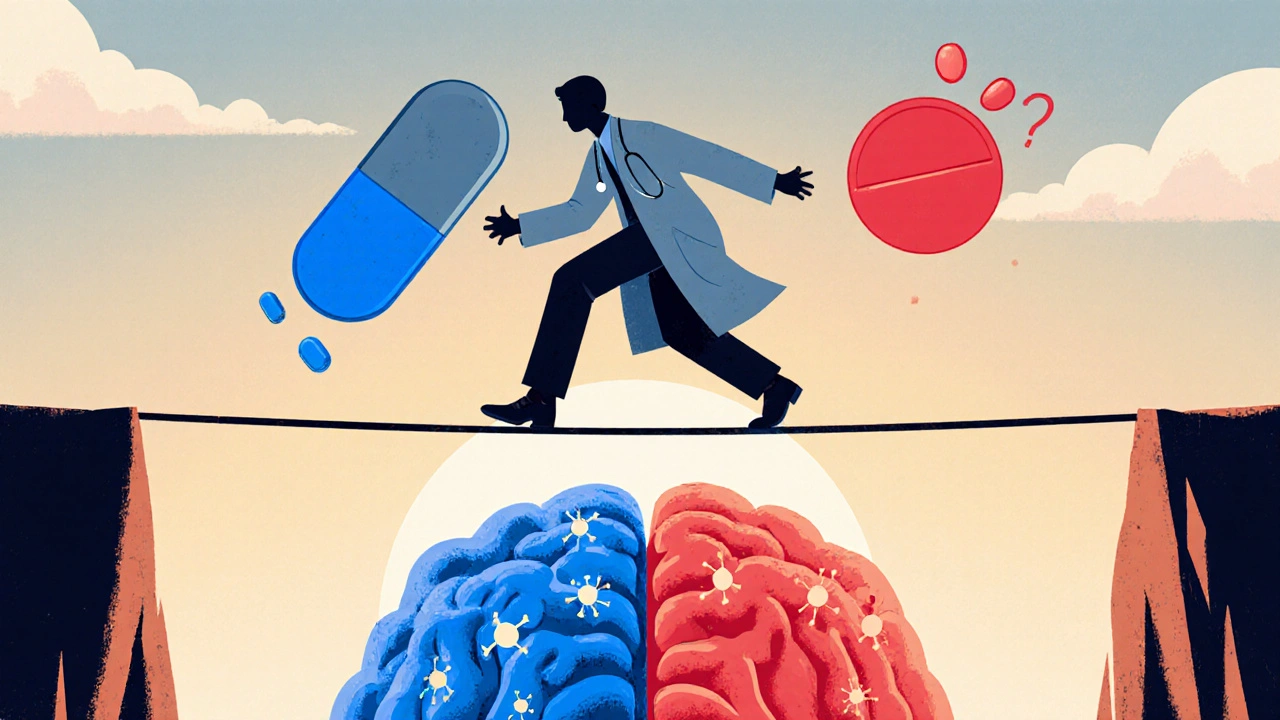
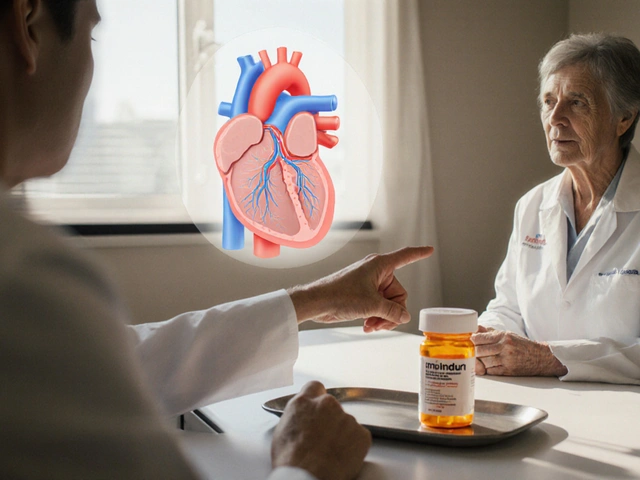
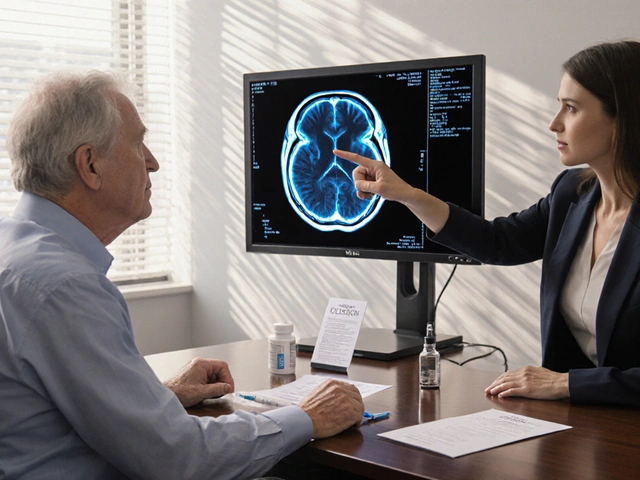
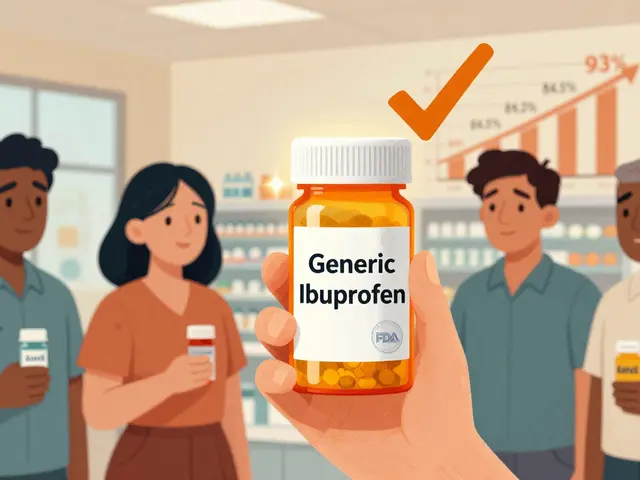
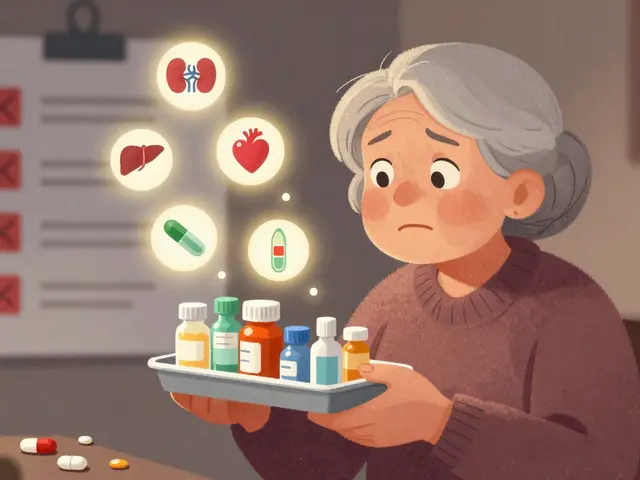

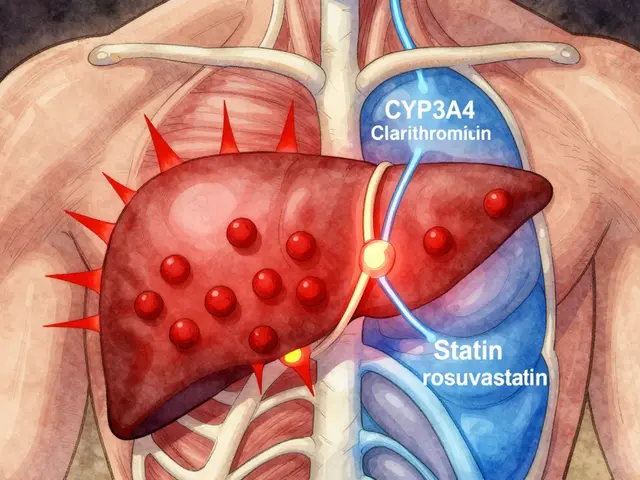
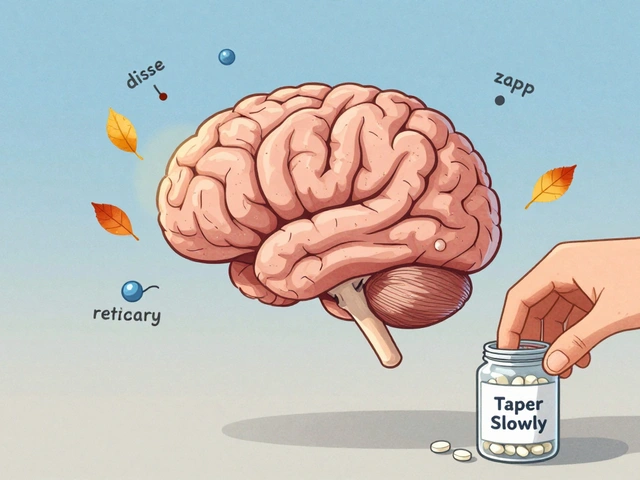
kevin burton
25 Oct 2025 at 23:16Levodopa and antipsychotics present a classic pharmacologic tug‑of‑war that clinicians must navigate with care. The article correctly highlights that levodopa raises dopamine in the nigrostriatal pathway while most antipsychotics blunt dopamine across the brain. When both are given, motor scores can worsen by a quarter and psychosis scores can climb similarly. This is not simply a statistical artifact; it reflects real‑world bedside challenges. Monitoring both UPDRS‑III and PANSS regularly, as suggested, is essential for early detection of deterioration. Using low‑dose quetiapine or pimavanserin first can mitigate motor decline while still addressing psychosis. Adding a MAO‑B inhibitor such as rasagiline may allow lower levodopa doses, reducing the risk of dyskinesia. The recommendation to consider a short, supervised levodopa wash‑out before starting a strong D2 blocker follows modern guideline practice. Emerging agents like KarXT offer a dopamine‑sparing option that could change the therapeutic landscape. Clinicians should also be vigilant for rare but severe complications such as Neuroleptic Malignant Syndrome. Routine labs, including CK and electrolytes, aid in early recognition of NMS. Patient education about symptom tracking empowers families to report changes promptly. The article’s checklist provides a practical framework for implementing these steps in clinical workflow. It is also important to differentiate true Parkinsonian motor signs from drug‑induced parkinsonism before adjusting therapy. Collaboration between neurology and psychiatry improves outcomes in these complex cases. Finally, biomarker tools like DAT‑SPECT may soon allow personalized risk assessment for antipsychotic‑induced motor decline. Overall, the piece offers a balanced overview with actionable guidance for clinicians managing this paradoxical situation.